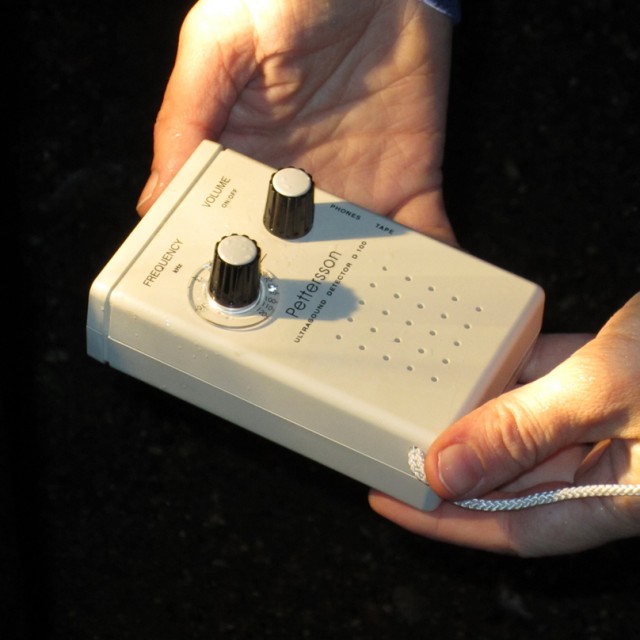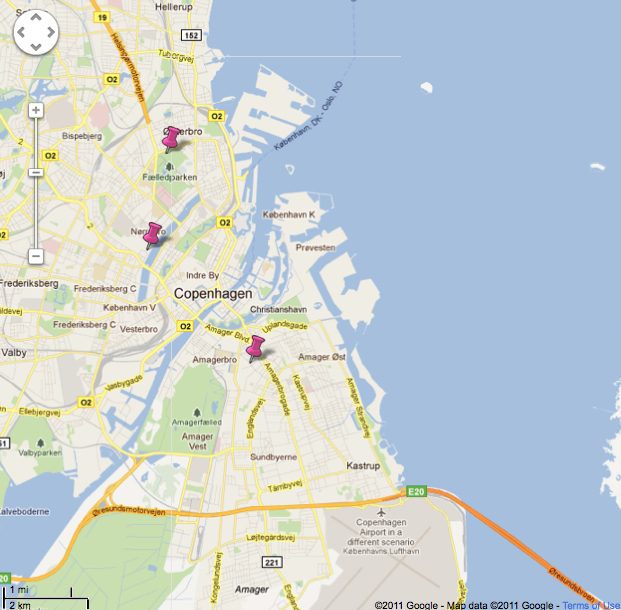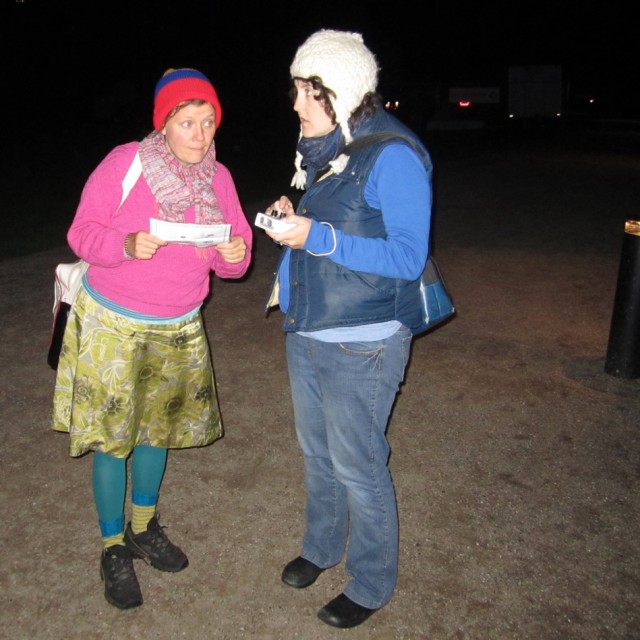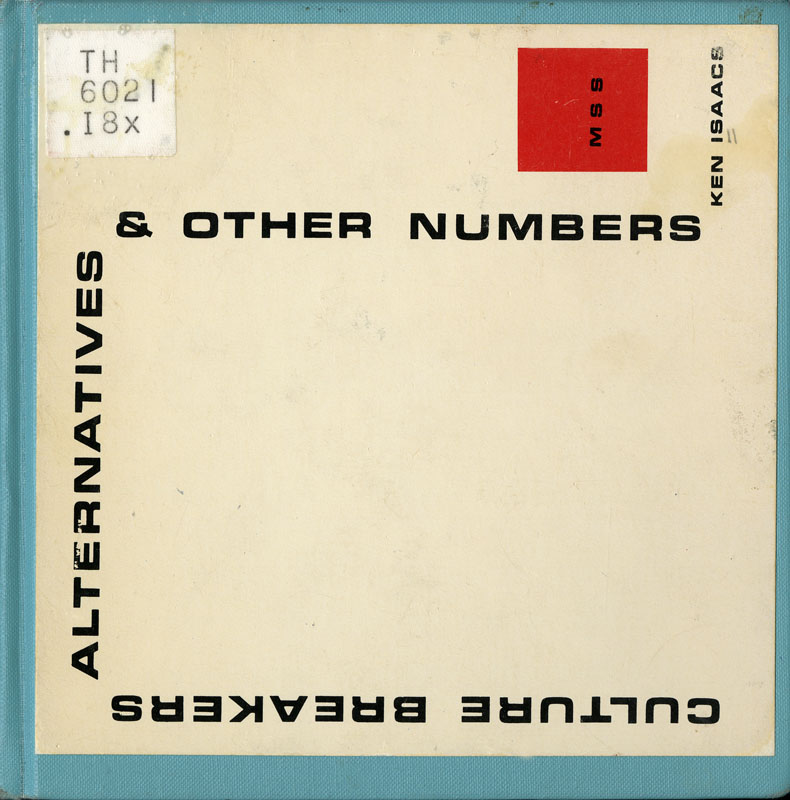Bat Sounds
We love bats over here at the Mythological Quarter. With over 1,100 species worldwide, nature’s only flying mammal controls insect populations and plays an important role in pollinating several different kinds of plants. Recently, we have been using a friend’s Pettersson ultrasound detector to listen to the sounds of bats echo locating in Copenhagen. Bats use echolocation to catch insects and to navigate in the dark. These sounds are pitched at a frequency inaudible to human ears, but with a machine you can hear the squeaky sounds of the bat disco going on around your head.
Note: Bat in Danish is flagermus.
Using the detector, we have been out three times in three different parts of Copenhagen (see the map) to see what we could hear. First in Amager, about 1 km from the closest body of water, then by “The Lakes”, and finally in Fælledparken.
The best selection of species and sounds came by “The Lakes,” the large man-made canals in the middle of Copenhagen. Bats love living by water and standing on the banks of the Lakes, I was able to hear three different species, including the Vandflagermus (Myotis daubentonii), Brunflagermus (Nyctalus noctua), and the Nordflagermus (Eptesicus nilssoni).
Two of the species we heard by the lakes, have also been identified by scientists in Fælledparken, a huge park near our apartment. In addition to the Vandflagermus and the Brunflagermus, the Troldflagermus (Pipistrelius nathusli) and the Dværgflagermus (Pipistrelius pygmaeus) live in the park, which has several small bodies of water throughout.
Sadly, last night when we went out to Fælledparken, for our last listening session of the season, we were unable to get a good read on any of the species that live there. According to the Bat Conservation Trust, an excellent source for international bat information, most bats are heading to winter quarters to start hibernating at this time.
To detect, we used the Pettersson ultrasound detector and a list of frequencies at their associated bat. For example, you hear a different bat species at 25 kHz than you would at 45 kHz.
If you want to do this yourself and you live in the north, you may have to wait until next year, but until then here is some bat sound info.
Ultrasound recordings, including bats.
A sample of bat sounds from Bat Conservation Trust:
Pippstrelle social calls recorded by Philip Briggs (sound file)
Also, how to shop for a bat detector.
Thanks to Inger for sharing her “bat detector!”
Radio Aktiv Sonic Deep Map (2013)
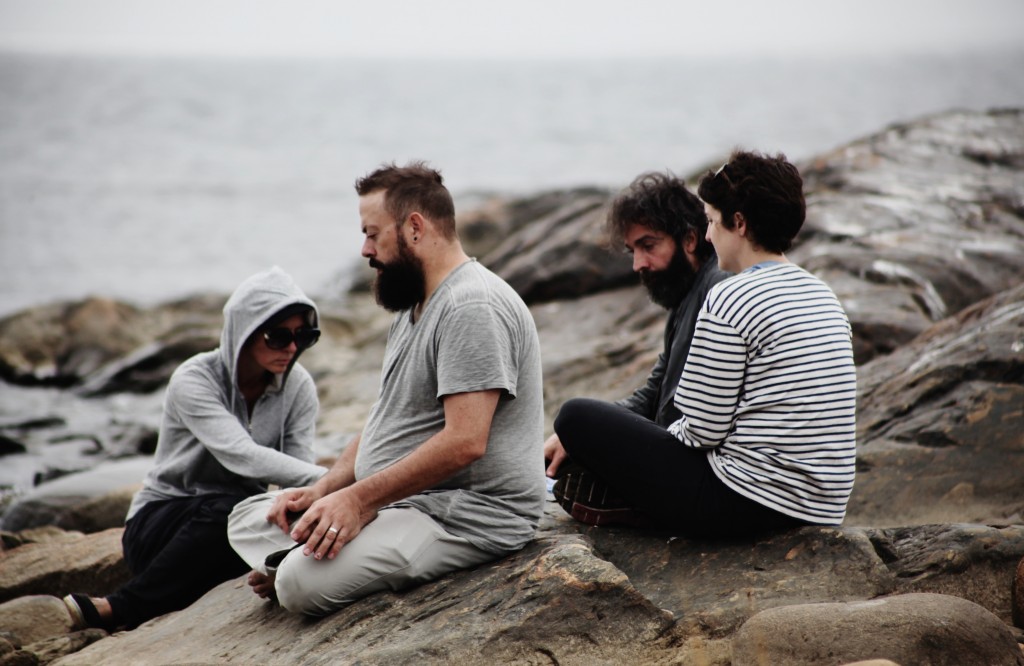
SUPERKILEN – Extreme Neoliberalism Copenhagen Style
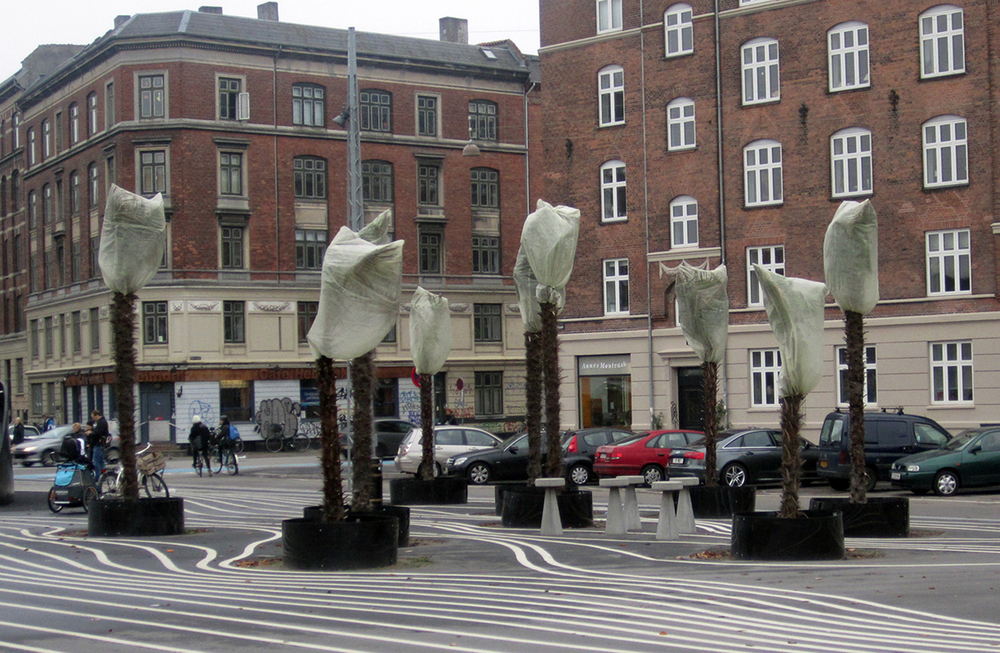
Read Brett's essay about the park.
Download our guide:

This is our guide to how-to books from the counterculture of the 60s and 70s. Click to get the download page.
Categories
- Agriculture (11)
- Animal sounds (1)
- Artist parents (19)
- Arts and culture (106)
- Bees (3)
- Book reviews (14)
- Books (18)
- Critical essays (5)
- Daily Photo (5)
- Design (36)
- Dirt (11)
- Environmental activism (43)
- Exhibitions (24)
- Farms (11)
- Forest (7)
- Friday connect (15)
- Growing (42)
- Habitat (38)
- Homesteading (16)
- Interviews (15)
- Kitchen (14)
- Living structure (9)
- MISC (15)
- Mythological (2)
- Neighborhood (83)
- Ocean News (1)
- Our Art Work (21)
- Personal – Design/Art (3)
- Play (2)
- Playground (4)
- Projects (21)
- Public space (53)
- Resilience (13)
- Sea Side (2)
- Sojabønner (2)
- Tofu (8)
- Vermont correspondence (7)
- Water (3)
- Wednesday picture (31)
- Workshop (1)
Video interview:

Watch our interview of SeedBroadcast, a mobile project that is part seed library and part seed-saving-story-collecting machine-recording the stories of seed saving, farming, and food sovereignty work being done around the US.
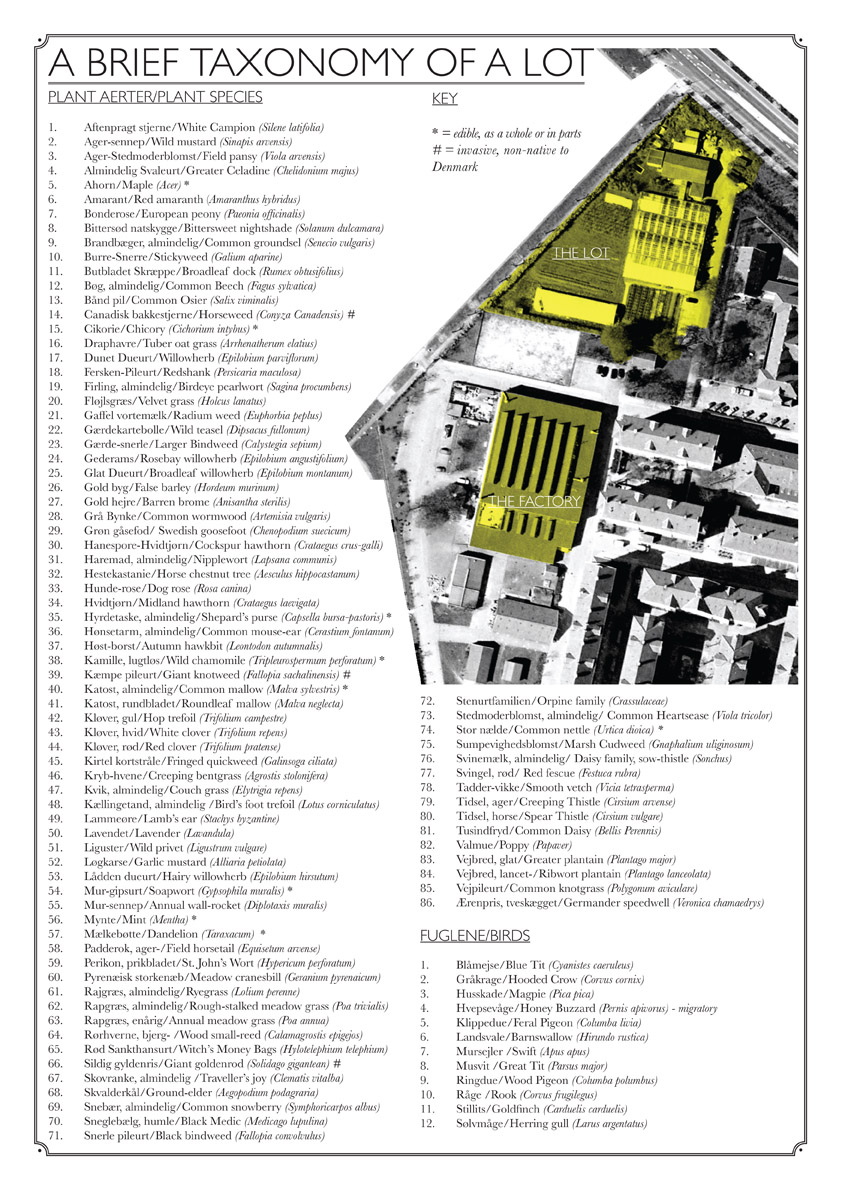
Download a poster Bonnie made about biodiversity in a vacant lot in the Amager borough of Copenhagen, in collaboration with biologist, Inger Kærgaard, ornithologist, Jørn Lennart Larsen and botanist, Camilla Sønderberg Brok: A BRIEF TAXONOMY OF A LOT

We made and installed a network of bat houses in Urbana, Illinois, to support the local and regional bat population, but also to begin a conversation about re-making the built environment.
READ MORE
BOOK REVIEW:
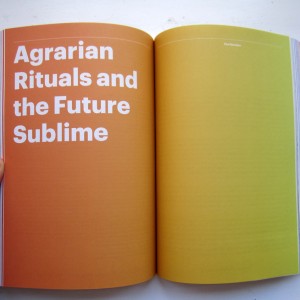
We write often about artists and art groups that work with putting ‘culture’ back in agriculture. Here is a new favorite: myvillages, a group of three women based in Germany, the Netherlands, and the UK. Read more...

Post Revolutionary Exercises
We really admire the dedicated hard work of Kultivator who seeks to fuse agriculture and art in their work. Click this sentence to get a PDF of their poster collection called "Post Revolutionary Exercises."
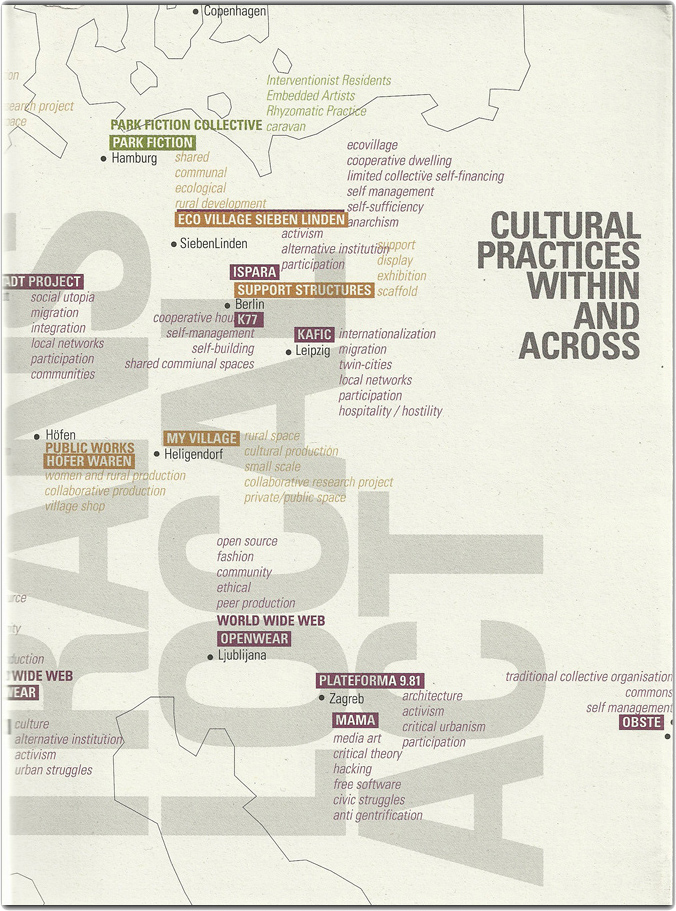
Cultural Practices Within And Across
This amazing book networks urban and rural resilience and sustainability projects around the world. Deeply inspiring projects in Romania, Paris, San Francisco, and elsewhere.
• Read our review of the book.
• Buy the book.
• Download the book.

